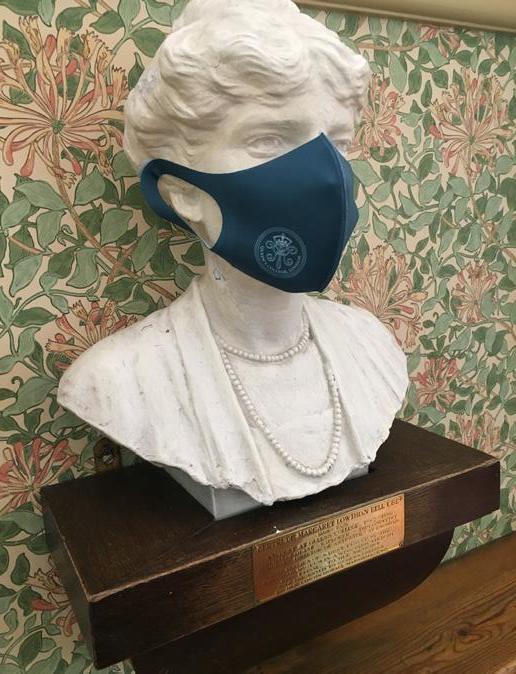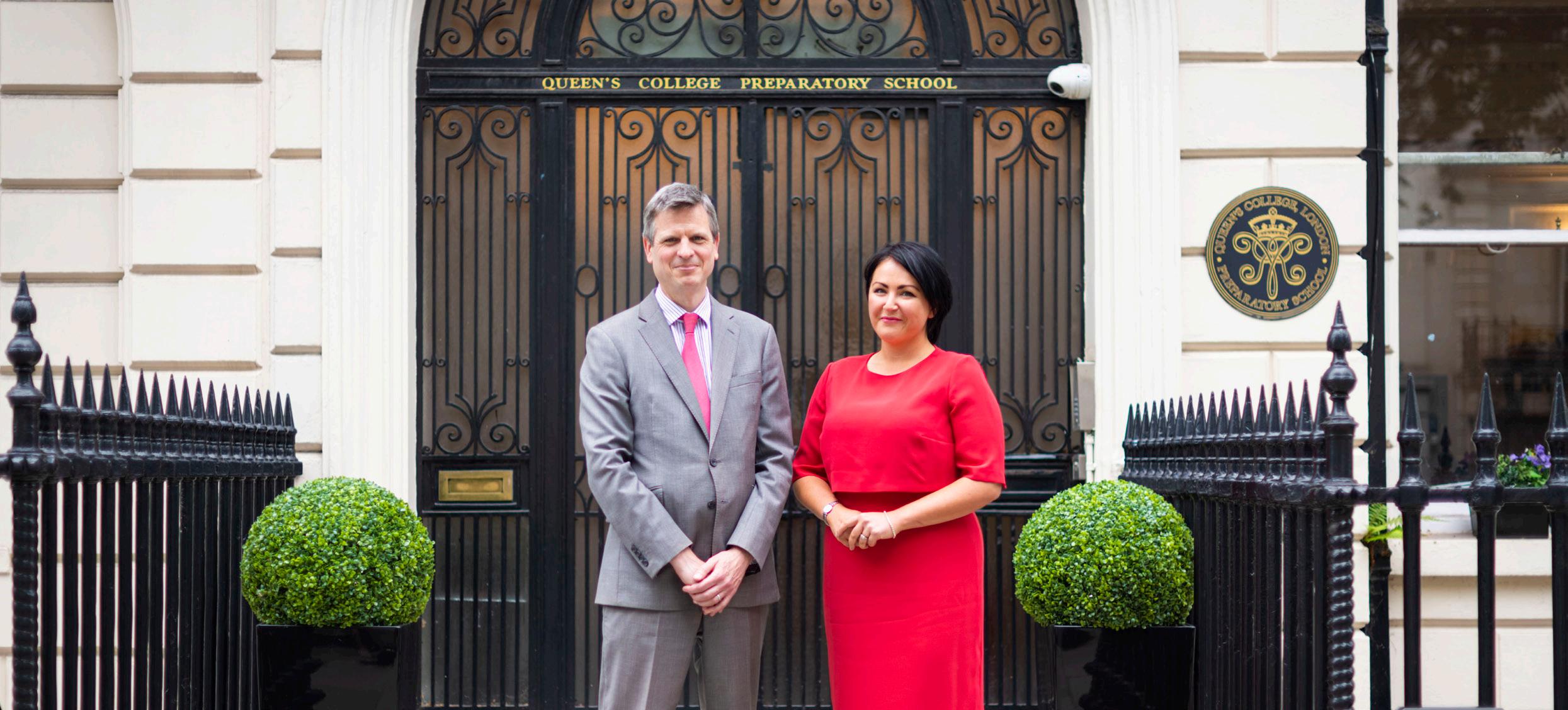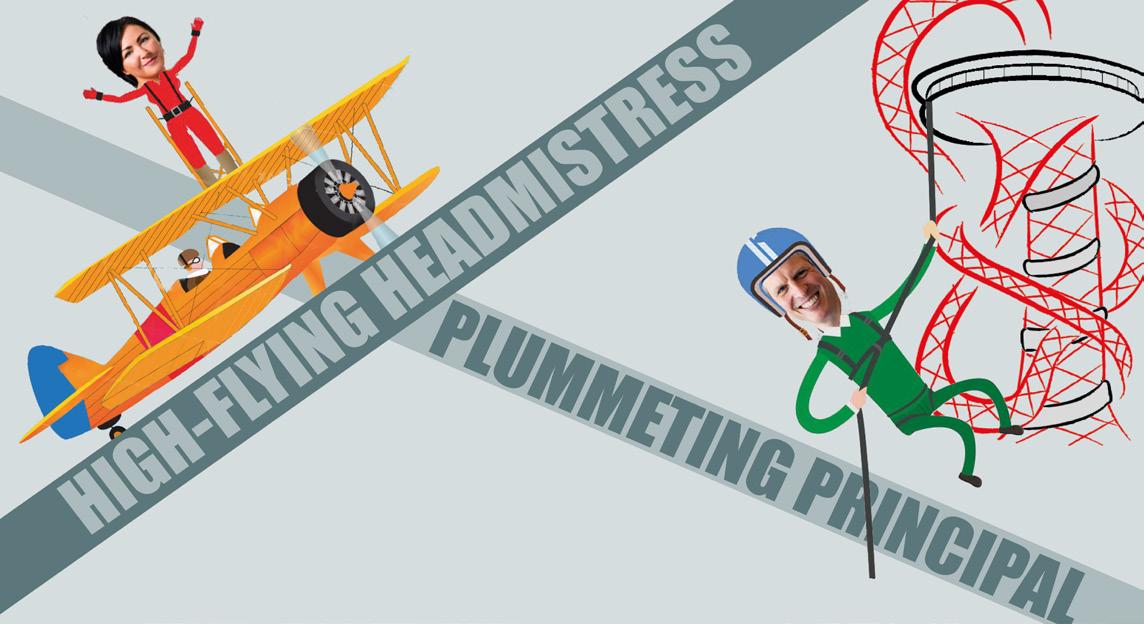
2 minute read
Stories from the Archive: Is that Mrs Bach?
Stories from the Archive
William Sterndale Bennett and Helen Johnston: The College’s contribution to the Bach revival in England Is that Mrs Bach?
Advertisement
sense that made her look older, another attender at rehearsals even asked: “Is that Mrs Bach?” Bennett and Johnston’s hard work was eventually rewarded by a first performance on 6th April 1854 of this monumental and much-loved work, arguably the greatest piece of choral music ever written. Bennett later became Professor of Music at Cambridge, Principal of the Royal Academy of Music (where he taught both Parry and Sullivan), received a knighthood and was buried at Westminster Abbey. But Helen Johnston’s
William Sterndale Bennett was born in work also lives on. Opera singer Neil Jenkins comments: Sheffield in 1816, orphaned as a toddler, “As long as singers continue to sing ‘Commit thy ways and by the age of ten, was studying at to Jesus’ and ‘Jesus, Saviour, I am thine’, they will be the Royal Academy of Music. There, at honouring the durability of her pioneering translation.” seventeen, he was discovered by Mendelssohn, who This might have pleased Bennett, who once remarked, invited him to Germany, ‘not as my pupil but as my “There is no doubt: the only purpose of a good teacher is friend’. Accepting this invitation, he was made much of to see his student becoming better than him.” at Leipzig by the Mendelssohn-Schumann circle. In 1848, he helped found Queen’s College, London. He taught at Grateful thanks to Barry Sterndale-Bennett, the Queen’s, alongside his private teaching and work at the composer’s great-great-grandson, for his contribution Royal Academy of Music. Clara Schumann noted that to this article. Readers who are interested in how Bennett spent too much time giving private lessons to challenging it is to translate words so they are both keep up with changing trends in music: “His only chance faithful to the original and can be sung effectively, are of learning new music is in the carriage on the way recommended to explore Neil Jenkins’ notes (see from one lesson to another.” Bennett, however, a rather link below). modest man, was evidently a really gifted educator. He wrote his ‘Thirty Preludes and Lessons’, Op. 33, for http://www.neiljenkins.info/prefaceshis piano students at Queen’s. Published in 1853, they remained in widespread use well into the twentieth century. It was Mendelssohn who had rediscovered Bach’s ‘St Matthew Passion’ in 1829, a work that had been lost for a century. Bennett’s close friendship with Mendelssohn inspired him to introduce the work to a rather sceptical English public. One of the big challenges was to translate the text from German without distorting the biblical words, original music and vowel colours for singing. For this difficult task, he turned to 18-year-old Helen Johnston, a student at Queen’s from 1849-51. She translated Bach’s texts into English (learning German in order to do so), then copied the vocal parts on a lithograph machine that she purchased. With a dress Bennett in the uniform of a student of the Royal William Sterndale Bennett - engraving after a Academy of Music, by James Warren Childe, c. 1832 portrait by John Everett Millais, 1873











